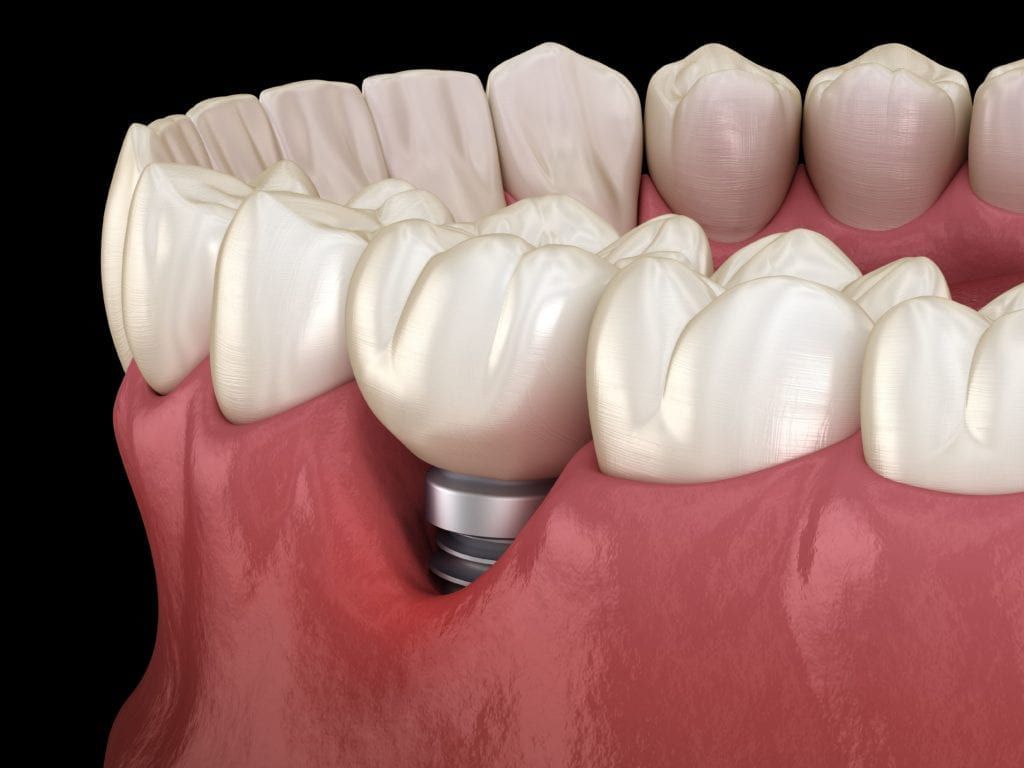In adults, the leading cause of tooth loss is severe gum disease. Your teeth system needs proper care to maintain its functionality like any other body part. So, what is your best dental plant replacement option?
Dental implants are a prevalent tooth replacement patients prefer, but patients who require dental implants must have healthy gums. Healthy gums are the essential requirement for successful dental implant surgery. Therefore, patients with periodontitis cannot have successful dental implants.
Since the problem is not permanent, less healthy gums could require additional procedures for the best treatment outcome. The following are the four recommended gum grafts for your dental implants.
Table of Contents
Connective Tissue Graft
Are you also having exposed tooth roots in your teeth system? Do the exposed roots cause discomfort and sensitivity? If so, then the connective tissue graft method is the best choice. For example, how is connective tissue graft operation works? The standard gum graft method is used to cover the tooth roots exposed, ensuring no discomfort or sensitivity.
During this dental procedure, the dentist first creates a pouch in the available gum tissue on the front of your teeth. Then, they incise a tiny flap inside the oral plate, removing a subepithelial tissue-thin layer underneath the flap. The connective graft tissue is later placed on the pouch to ensure that the toot root is covered. Finally, the pouch feeds the connective tissue graft over the root through osmosis.
After all, that is done, the dentist finally stitches the flap on the root of the mouth back down. Your graft will later heal as your new tissue receives nutrients produced by the pouch. In addition, the new tissues will grow over your exposed tooth root. A connective tissue graft is primarily used in cases where gum recession exposes the tooth roots and less supportive gum tissue surroundings.
Free Soft tissue Autogenous Graft
How is the technique achieved? The Free Soft tissue Autogenous Graft method is similar to connective tissue graft. A little pouch is established in the gum tissue like a connective tissue graft.
Even the two gum grafts method is similar, differences differentiate one from the other. For example, the dentist first removes a small portion of the tissue from the roof of the mouth, unlike in connective tissue graft, where the subepithelial thin tissue layer is pulled from underneath the flapped incision. The technique is highly recommended for patients who need an extra thickness layer in their gums in their recessed area.
Double Papilla Subepithelial Grafts
The third type of graft is Double papilla subepithelia grafts connective tissue graft. Even though the name is scary, its operation is not as complicated as it sounds. It is a technique used when no gingiva is attached to the tooth. In short, no gum tissue connects the tooth to a mucogingival function. Although the teeth surroundings may possess healthy gums, other changes could be a gum recession on your tooth tissue.
The first part of this procedure entails the dentist making two incisions in the gum tissues between the teeth (papilla). The name double-papilla Subepithelial grafts method, as the name suggests, involves making an incision of the healthy papilla gum on either side of the recessed tooth. The papillae are then lifted, creating space underneath where the subepithelial tissue is placed.
The dentist continues with the DPSE procedure by removing a piece of the subepithelial tissue as a small flap is made on the roof of the mouth. In addition, the parts removed are placed closer to the recessed tooth, below the raided double papillae covering the exposed tooth bone. Finally, the papillae are connected from either side of the teeth’ surroundings through a single stitch in the middle of the tooth.
Pedicle graft
Combining the DPSE and Pedicle graft requires healthy teeth surrounding the recessed areas. With a Pedicle graft, the flap is only detached partially from above or below the tooth or either side. However, the location of the recessed tooth is the main factor to consider using this method.
The detached tissue is then pulled horizontally or vertically to ensure that the exposed root is covered and stitched into place. The more the tooth root heals, the more the stretched tissue regains more density.
Wrapping Up
Now that you know the four gum grafts you can use for your dental implants consider contacting your dentist for more information. The highlighted tip to better gum grafting requires that you have healthy gums. You can always look up invisalign dentist near me on Google to find more information.

